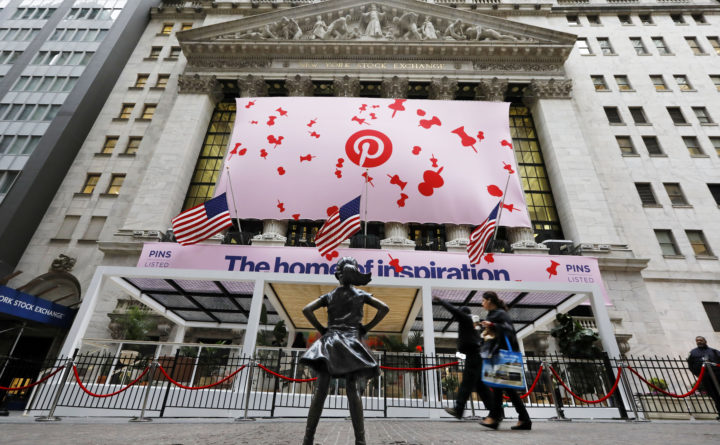
The U.S. economy expanded at a strong 3.2 percent annualized rate from January through March, the U.S. Commerce Department said Friday, blowing past expectations mainly because of companies beefing up their inventories and a smaller trade deficit, factors that aren’t expected to last.
Better-than-expected growth, the ongoing strength in the job market and fresh stock market highs this week are allaying fears that a recession or severe downturn is on the horizon. The slowdown in Europe and China appears to have had little effect on the United States so far.
Many economists initially predicted anemic growth at the start of 2019 as the partial government shutdown and a rash of extremely cold weather caused many businesses and consumers to hit the pause button on big purchases, but forecasters raised their estimates to 2.3 percent as it became clear companies were re-stocking their shelves. Growth ended up coming in almost a full percentage point higher than expected, the best start to the year since 2015.
Over half of the strong first quarter growth was driven by a surge in inventories and U.S. exports to other nations. State and local government spending also boosted growth by the biggest amount in three years.
President Donald Trump has vowed he can get the U.S. economy growing at an annual pace of 3% – or better. By one growth calculation he achieved that goal last year after the tax cuts and additional government spending spurred more consumer and business spending. Most experts believed growth would come in closer to 2 percent this year, more in line with the Obama years, but estimates are starting to move toward 2.5 percent.
First quarter growth is typically the weakest of the year, but this year is likely to be different, experts say.
Business spending, which the White House said the tax cuts would boost, came in at just 2.7 percent, a relatively weak pace. There’s hope that if Trump ends the trade war with China soon, businesses might be more eager to spend again.
“There’s no evidence that business investment has ratcheted up to a new higher level as a result of tax reform,” said Dean Maki, chief economist at Point72 Asset Management. “Still, it has been relatively steady.”
“It looks like the Goldilocks scenario of strong growth and benign inflation is still happening, much like the 1990s,” said Dutta, the economist at RenMac Research.
This article originally appeared on www.bangordailynews.com.







